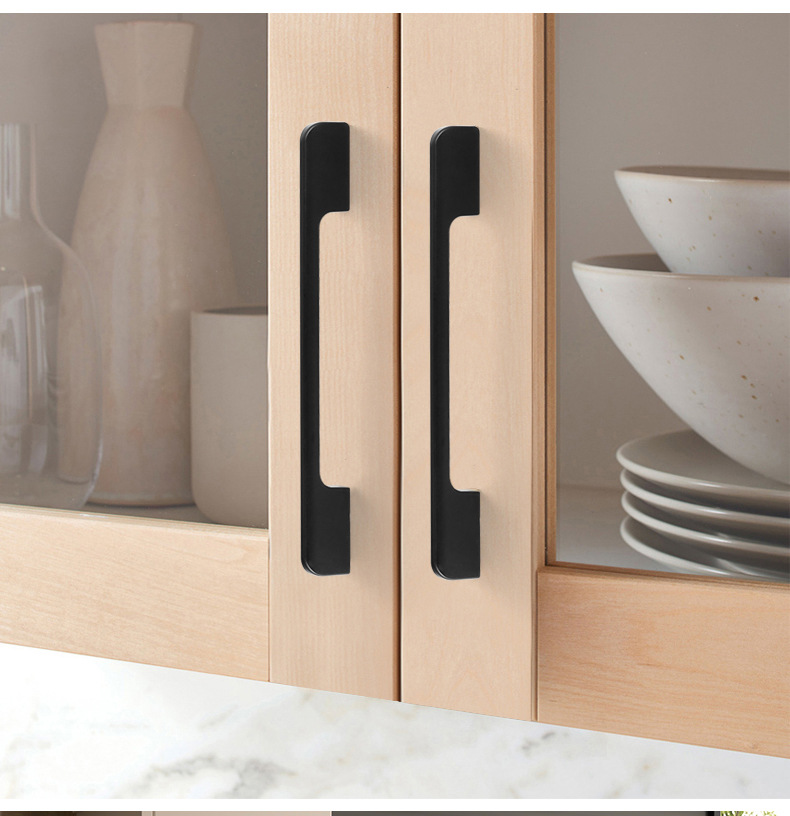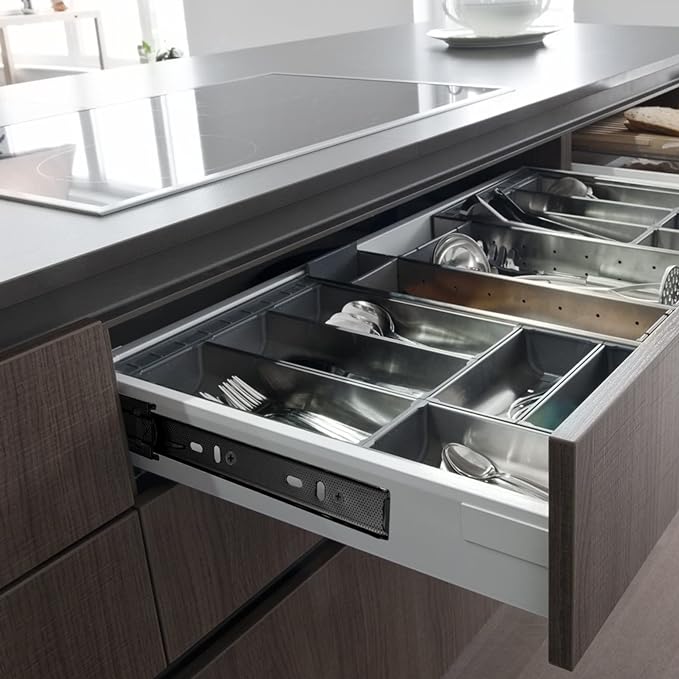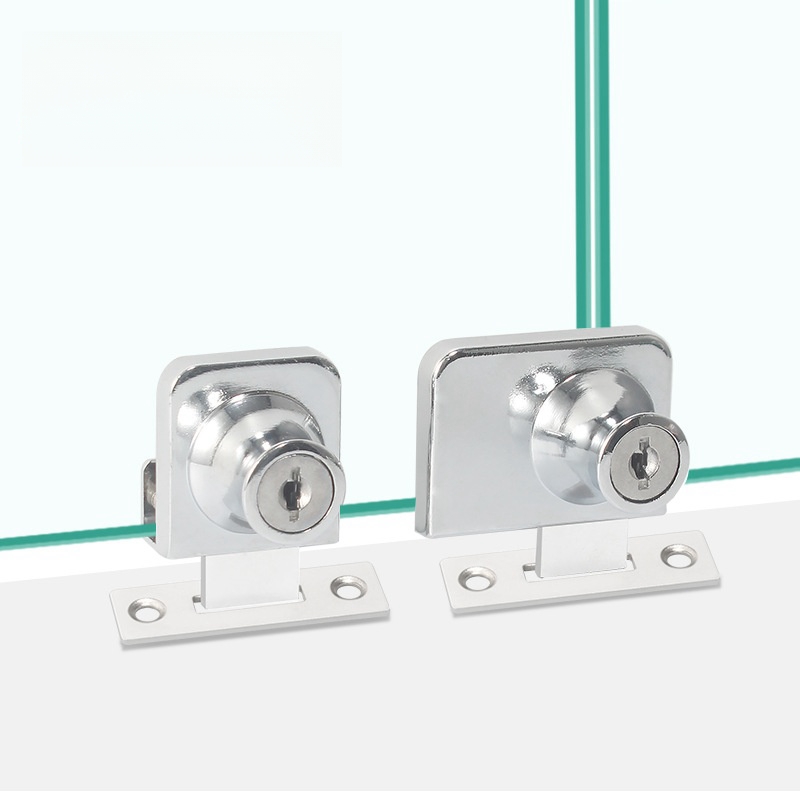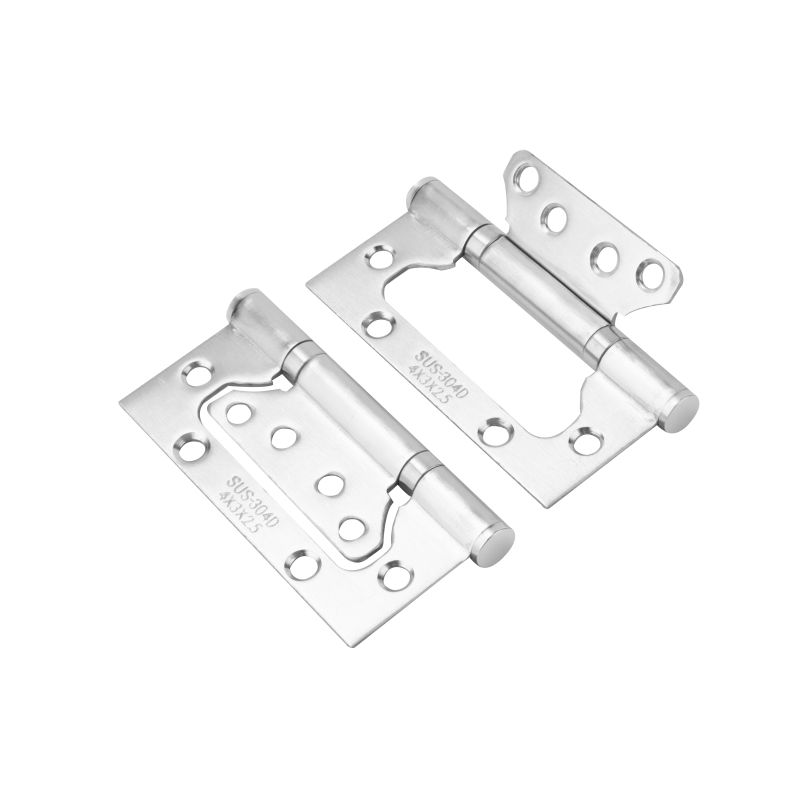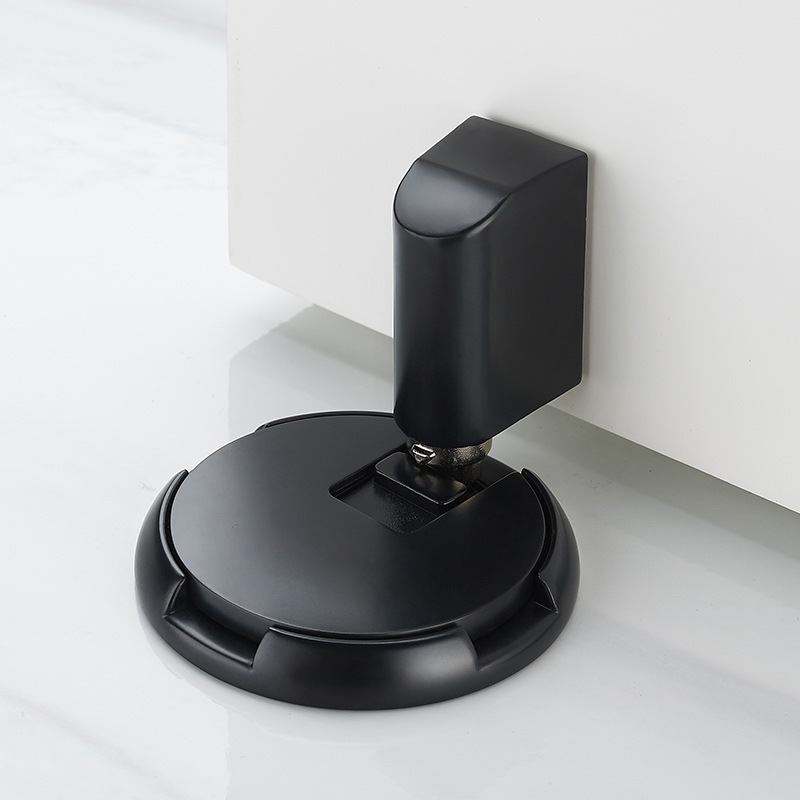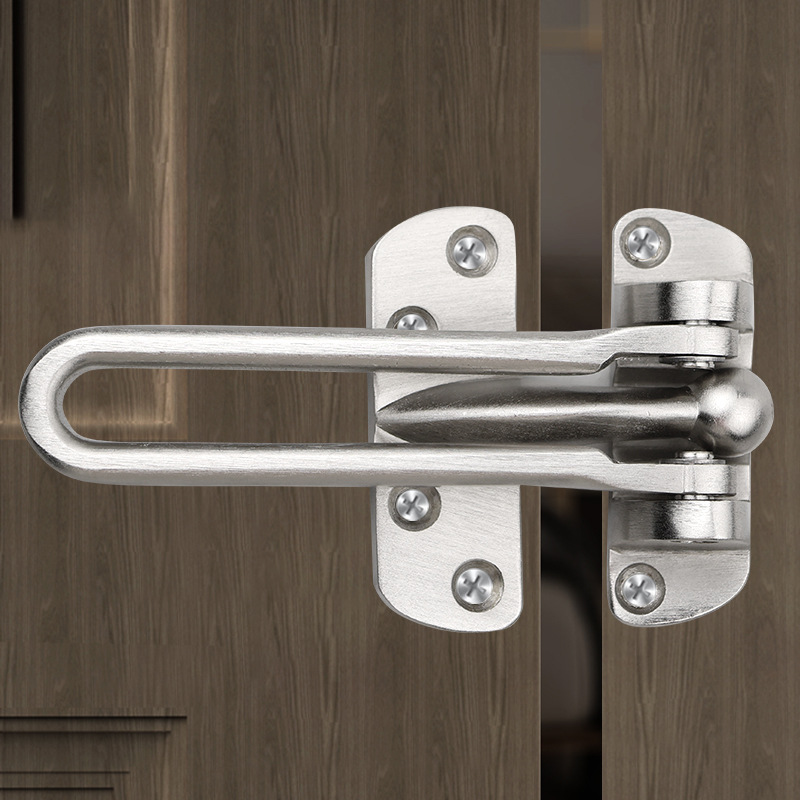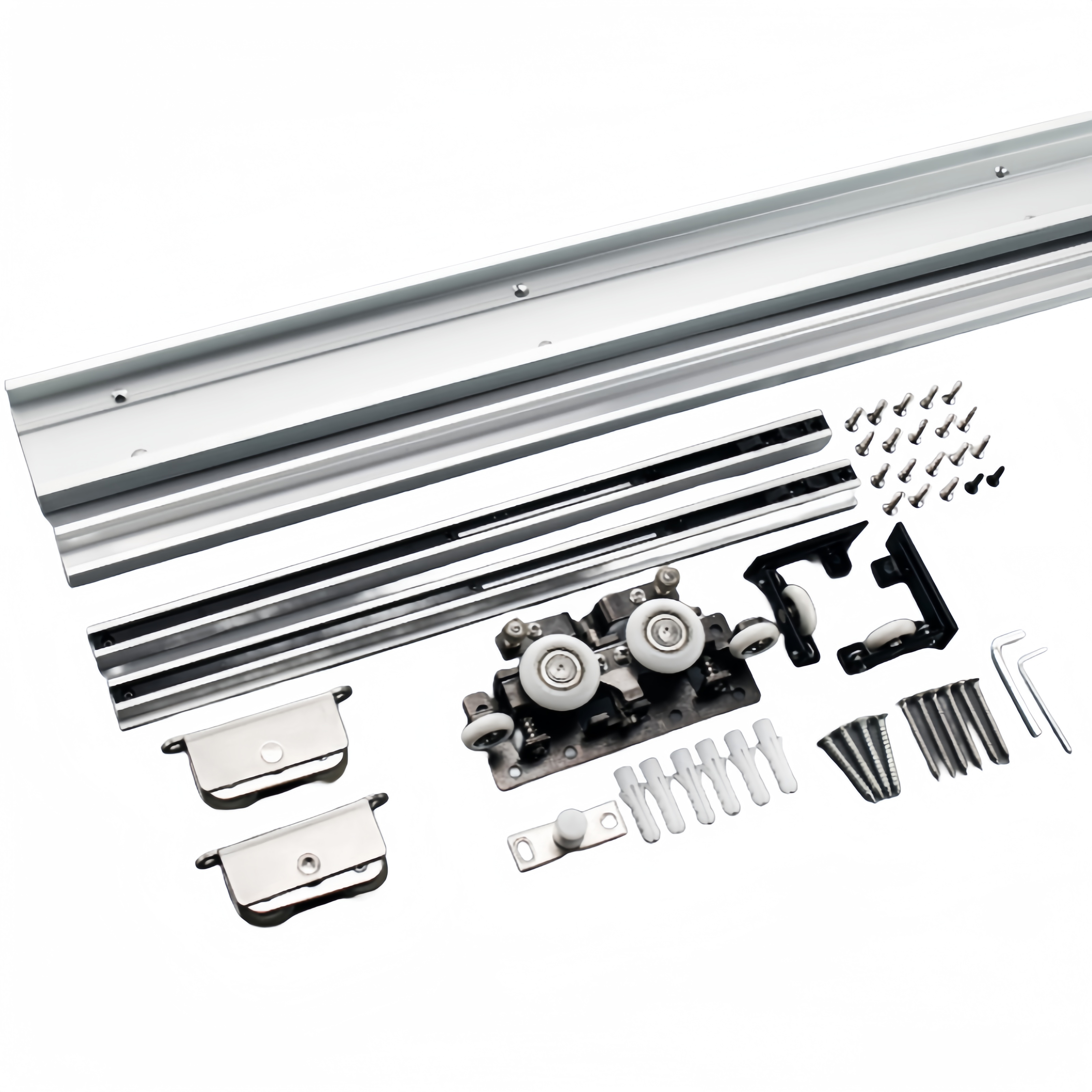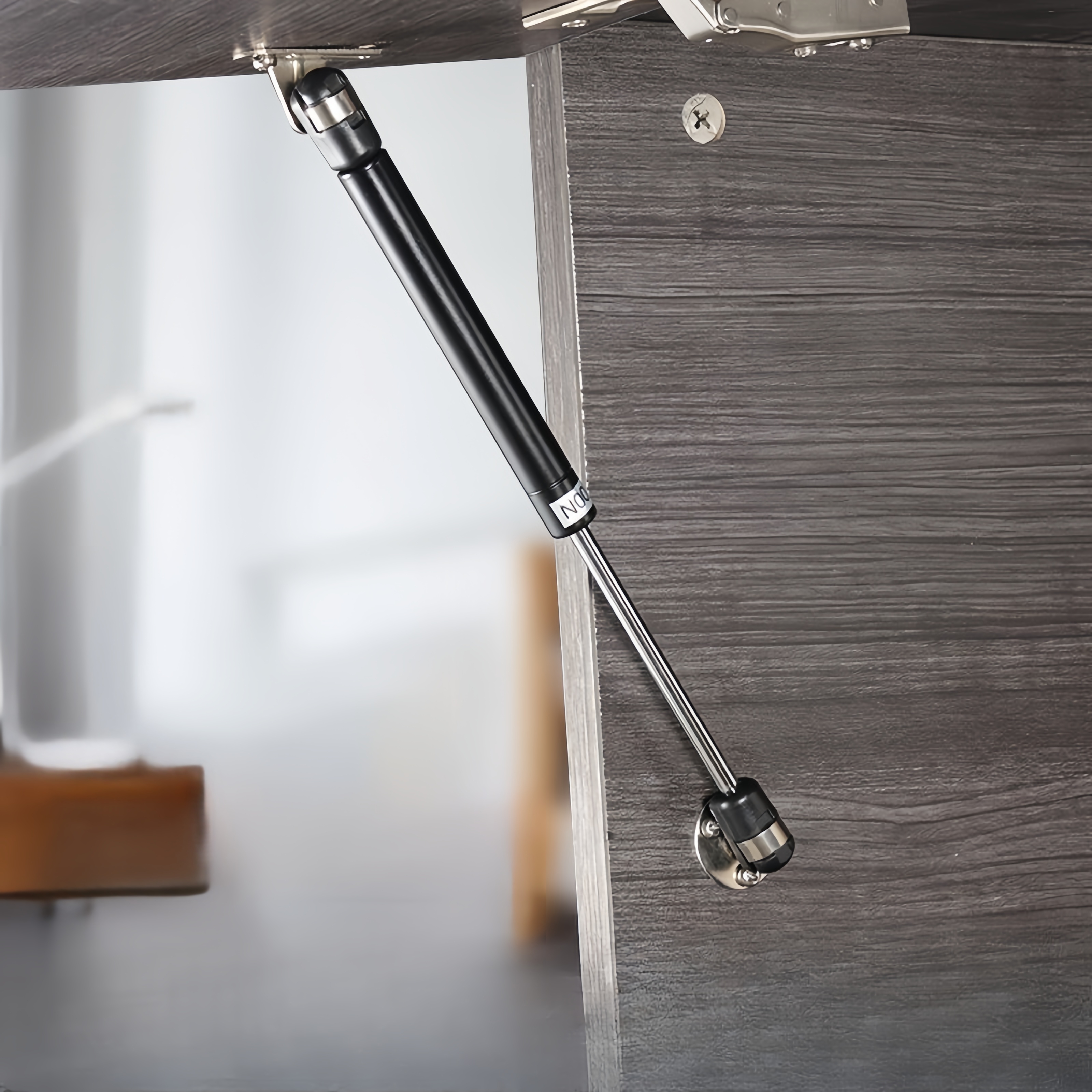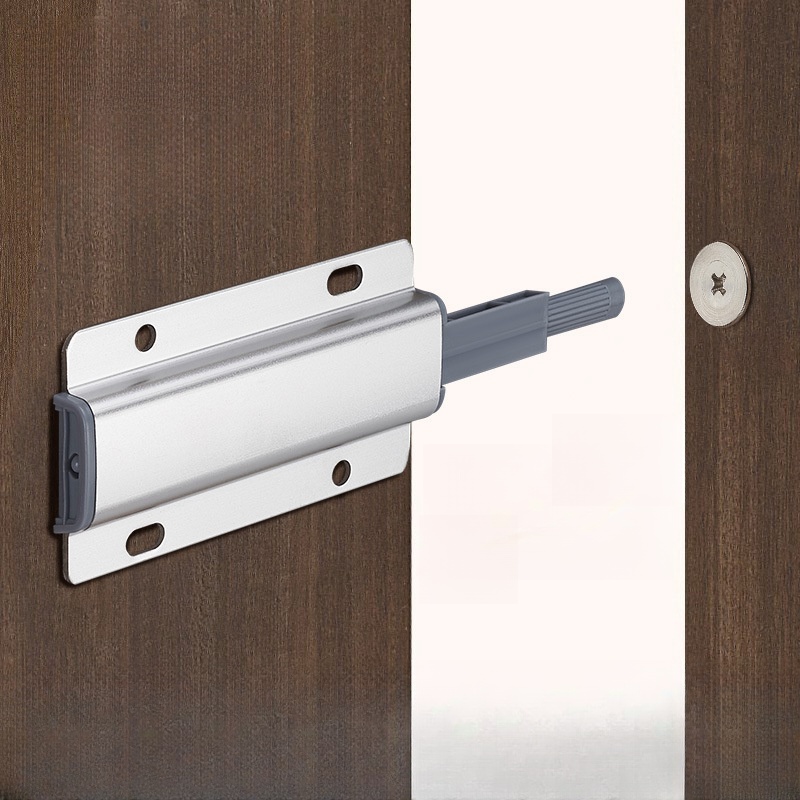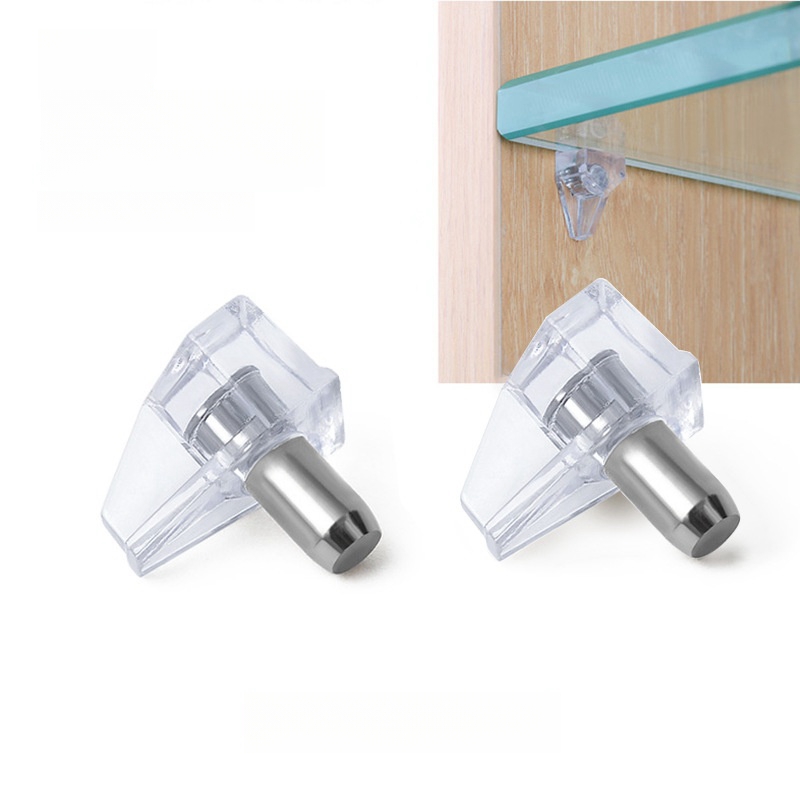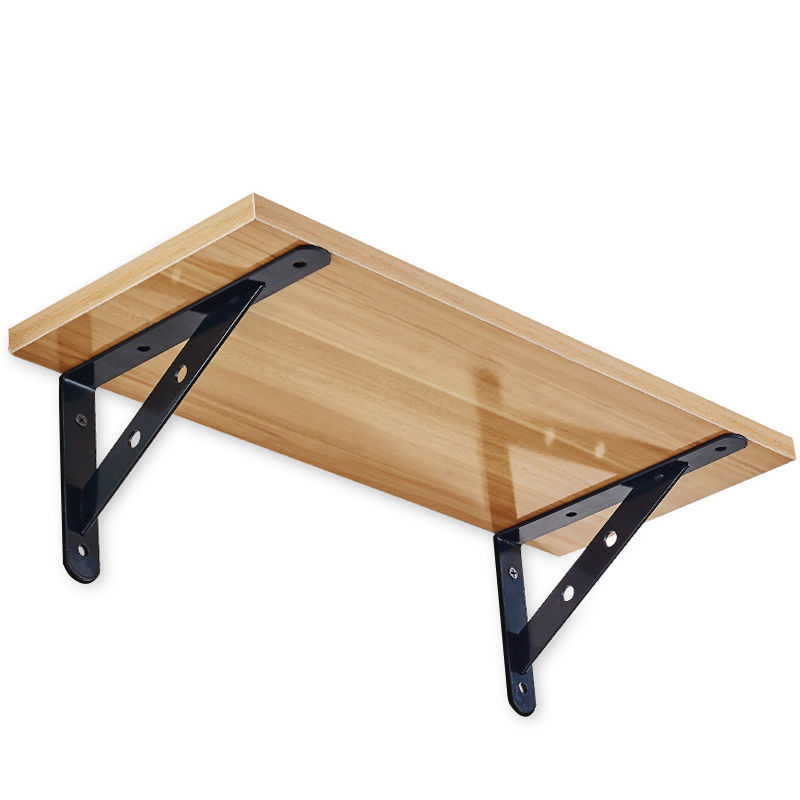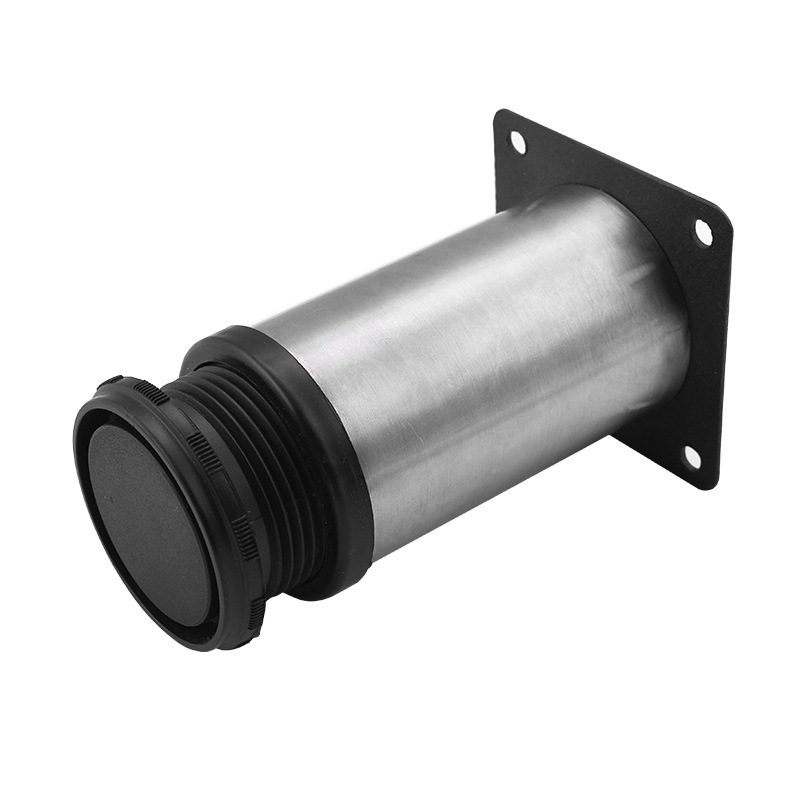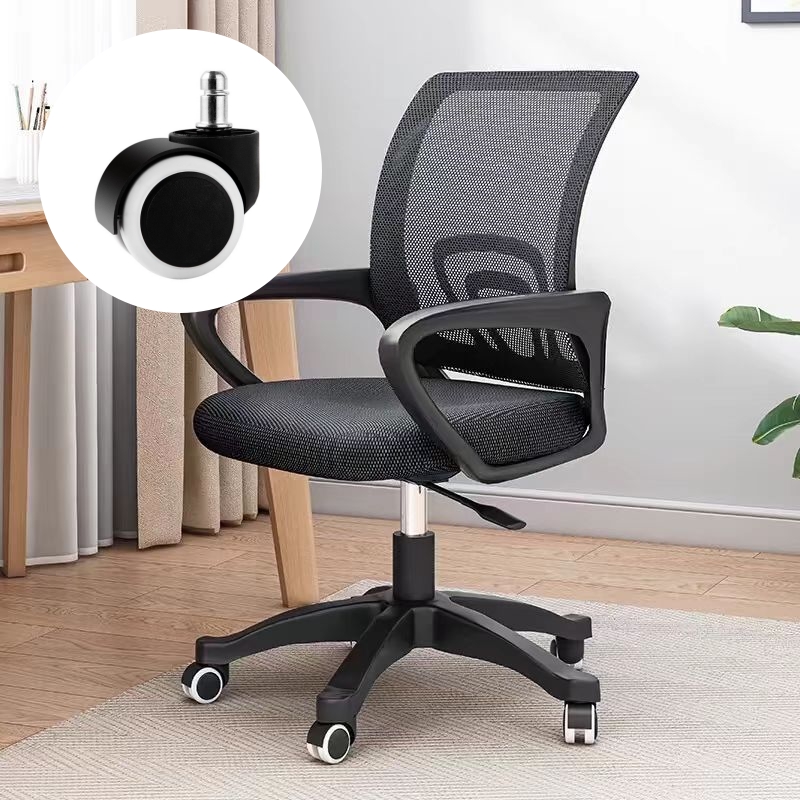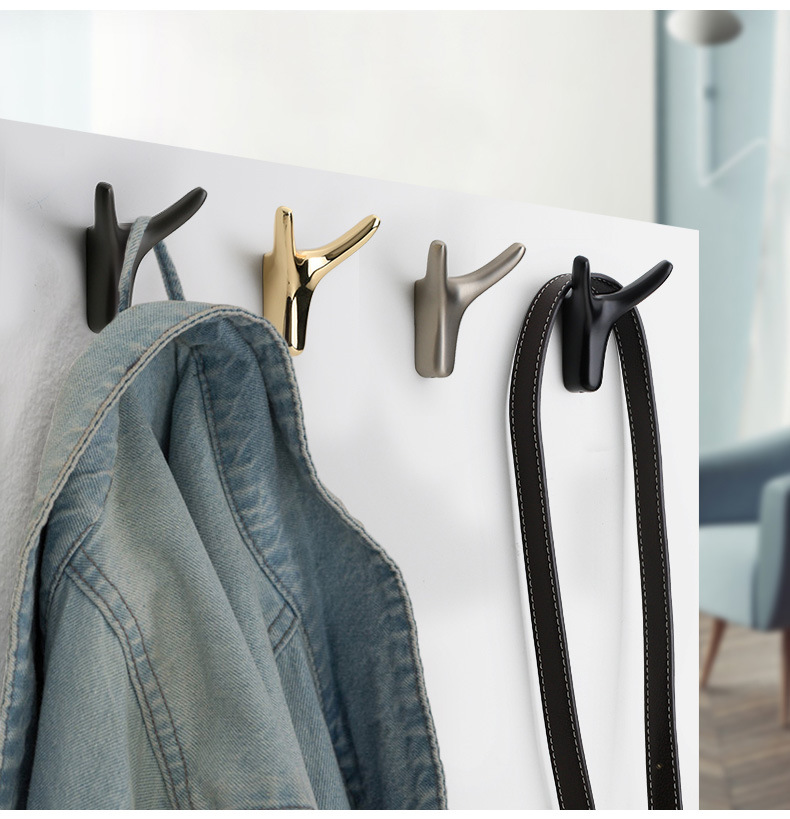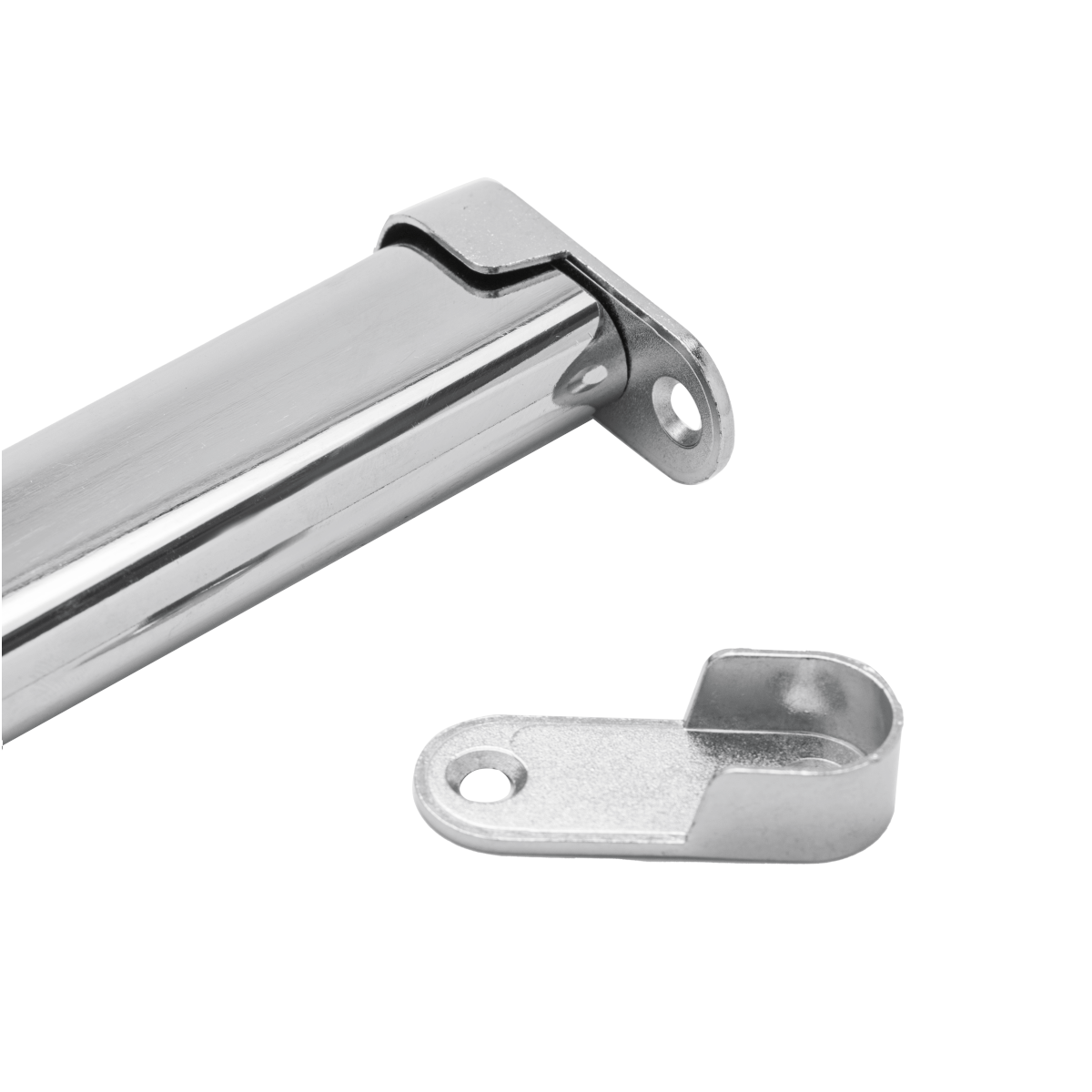
ABOUT
Guangzhou Toplink hardware Co., Ltd specialized in the production and export of furniture hardware fittings, with an experience of more than 14 years.
Our main products are drawer locks, cabinet hinges, sliding rails, cabinet handles, casters, cabinet legs and connecting fittings etc..
With a complete range of products, excellent performance and reasonable prices we have built up business with many customers all over the world.
We are committed to strict quality control and considerate customer service. We sincerely looking forward to becoming your best choice and the most reliable partner!
PRODUCTS
casters for office chair
The seemingly humble office chair caster plays a surprisingly significant role in our daily work lives. These small, often overlooked components are the unsung heroes responsible for the smooth, effortless mobility that we take for granted when swiveling, rolling, and adjusting our chairs. From the quiet glide of high-end models to the occasionally jarring squeak of budget options, casters dramatically impact our comfort, productivity, and even the longevity of our office chairs. This exploration delves into the world of office chair casters, examining their various types, materials, functionalities, and the crucial factors to consider when choosing the right ones for your specific needs and environment.
Types of Office Chair Casters
Office chair casters are broadly categorized by their wheel material and the type of stem they utilize. Common wheel materials include hard plastic (nylon, polyurethane), soft rubber, and even metal. Hard plastic casters are generally quieter and more durable on hard floors like hardwood or tile, offering a good balance of smoothness and longevity. However, they can be less forgiving on softer surfaces like carpets, potentially scratching or marking them. Soft rubber casters, on the other hand, are gentler on carpets and other delicate flooring, absorbing impact and reducing noise, but may wear down more quickly on hard surfaces.
The stem type refers to the mechanism by which the caster attaches to the chair base. The most common types are stem casters and plate casters. Stem casters feature a cylindrical stem that inserts directly into a hole in the chair base. They are generally more robust and secure, suitable for heavier chairs and more demanding use. Plate casters, meanwhile, utilize a mounting plate that attaches to the chair base with screws. This offers greater flexibility in terms of compatibility with different chair designs but can be less secure than stem casters, potentially loosening over time.
A less common, but increasingly popular, type is the double wheel caster. These feature two smaller wheels paired together, offering enhanced stability and weight distribution, particularly beneficial for heavier individuals or chairs with a larger base. This configuration often results in improved maneuverability and a smoother rolling experience compared to single-wheel casters.
Materials and Durability
The material of the caster wheel significantly affects its durability, noise level, and floor compatibility. Nylon casters are a popular choice for their balance of durability and affordability. They're resistant to most chemicals and relatively quiet, but they can leave marks on softer flooring. Polyurethane casters offer superior abrasion resistance and smoother rolling, making them a more premium option that’s also relatively quiet.
Rubber casters are preferred for carpeted surfaces due to their ability to grip and roll smoothly without damaging the carpet fibers. However, they’re more susceptible to wear and tear and may leave black marks on lighter-colored floors. Metal casters, while offering exceptional durability, are typically quite noisy and can scratch flooring; they’re rarely found on standard office chairs.
The caster's housing, often made from plastic or metal, also contributes to overall durability. A robust housing safeguards the internal mechanisms from damage and ensures the caster's longevity. The quality of materials and construction directly impacts the caster's resistance to wear and tear, ultimately determining its lifespan.
Functionality and Load Capacity
Different casters are designed to handle different weights. The load capacity is a crucial specification to consider, ensuring that the casters can support the weight of the chair and its occupant without compromising stability or causing premature wear. Overloading casters can lead to premature failure, such as wheel breakage or stem bending.
Beyond load capacity, the smoothness and ease of movement are essential functional aspects. High-quality casters glide effortlessly across various surfaces, minimizing friction and maximizing mobility. A smoother rolling action not only enhances comfort but also reduces stress on the chair’s mechanism and the floor itself. This smoothness often correlates with the quality of the wheel bearings; precision bearings ensure a consistent and smooth roll.
Some casters incorporate features designed to enhance functionality. For instance, some models offer braking mechanisms, which are particularly useful for locking the chair in place during extended periods of use, ensuring stability and safety. Other casters feature self-adjusting mechanisms to compensate for uneven surfaces, maintaining smooth rolling even on uneven floors.
Choosing the Right Casters
Selecting the appropriate casters involves careful consideration of several factors. The type of flooring in your workspace is paramount. Hardwood floors benefit from hard plastic or polyurethane casters for durability and quiet operation, while carpeted floors require soft rubber casters to protect the carpet and ensure smooth movement.
The weight of the chair and its intended user are equally crucial. Overlooking the load capacity can lead to damaged casters and potentially unsafe conditions. Always choose casters with a load capacity significantly exceeding the combined weight of the chair and its user. Furthermore, consider the frequency of use. For high-traffic office settings, selecting durable, heavy-duty casters with high load capacities is essential.
Finally, budget considerations play a role. While premium casters offer superior quality, longevity, and functionality, more budget-friendly options are available for less demanding applications. The balance between cost and quality requires careful evaluation to meet individual needs and preferences. Don't solely focus on the initial price; consider the long-term cost of replacement and potential damage to flooring.
In conclusion, the seemingly simple office chair caster is a critical component that significantly impacts comfort, productivity, and the lifespan of the chair itself. Understanding the various types, materials, and functional characteristics allows for informed selection and ensures a smooth, efficient, and comfortable working experience.
SUBSCRIBE
INQUIRY
